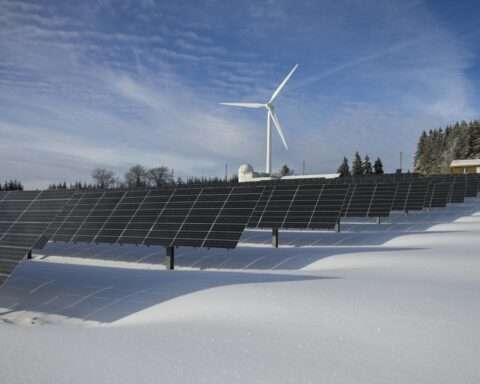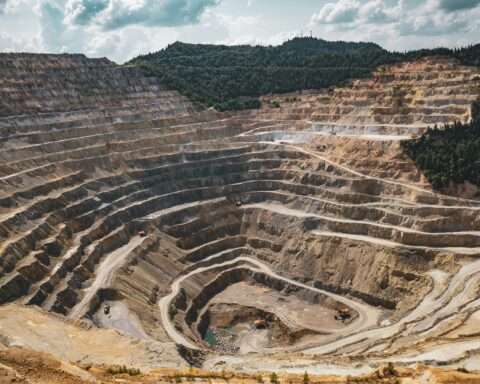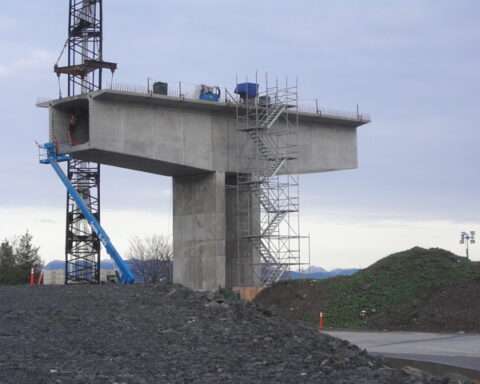Oil and gas companies considered high polluters will face steep costs next year when portions of federal legislation intended to slow climate change take effect.
The oil and gas sector is the largest industrial source of methane emissions in the United States, responsible for approximately one-third of total U.S. methane emissions, the EPA said.
The $369 billion Inflation Reduction Act (IRA), which in part aims to reduce carbon emissions by 40%, was passed in 2022. Under the law’s Methane Emissions Reduction Action Plan, companies who report carbon emissions of more than 25,000 metric tons will pay for their methane output starting in 2024. Companies will pay $900 per metric ton next year, $1,200 more in 2025 and $1,500 in 2026 and beyond.
The new fees do not apply to wells permanently plugged in the previous year or to emissions caused by an unreasonable delay in environmental permitting of transmission pipelines.
The IRA will also assess royalties on all gas produced, including gas that is consumed or lost by venting, flaring or negligent releases during upstream operations. Exceptions include gas vented or flared for 48 hours or less in emergencies, gas used within the area of the lease and gas that is unavoidably lost.
The concentration of methane in the atmosphere has more than doubled over the past 200 years, according to NASA scientists, who estimate the increase is responsible for 20% to 30% of climate warming since the Industrial Revolution’s origins in 1750.
Additional ways the Methane Emissions Reduction Action Plan aims to curb methane emissions by oil and gas companies include:
- Providing $1.55 billion in financial aid and technical assistance through the EPA to monitor and reduce methane emissions from oil and gas operations, including $700 million to support pollution-reduction activities at marginal conventional wells.
- Making $32 million available for the research and development of new monitoring, measurement and mitigation technologies.
- Providing $20 million for the EPA to advance emissions monitoring.
- Moving $5 billion through the Bipartisan Infrastructure Law to plug non-producing wells, which the EPA said produced 275 million metric tons of methane in 2020.
- Making $1 billion available for projects to reduce environmental risks from municipally or community owned legacy gas distribution pipelines.












